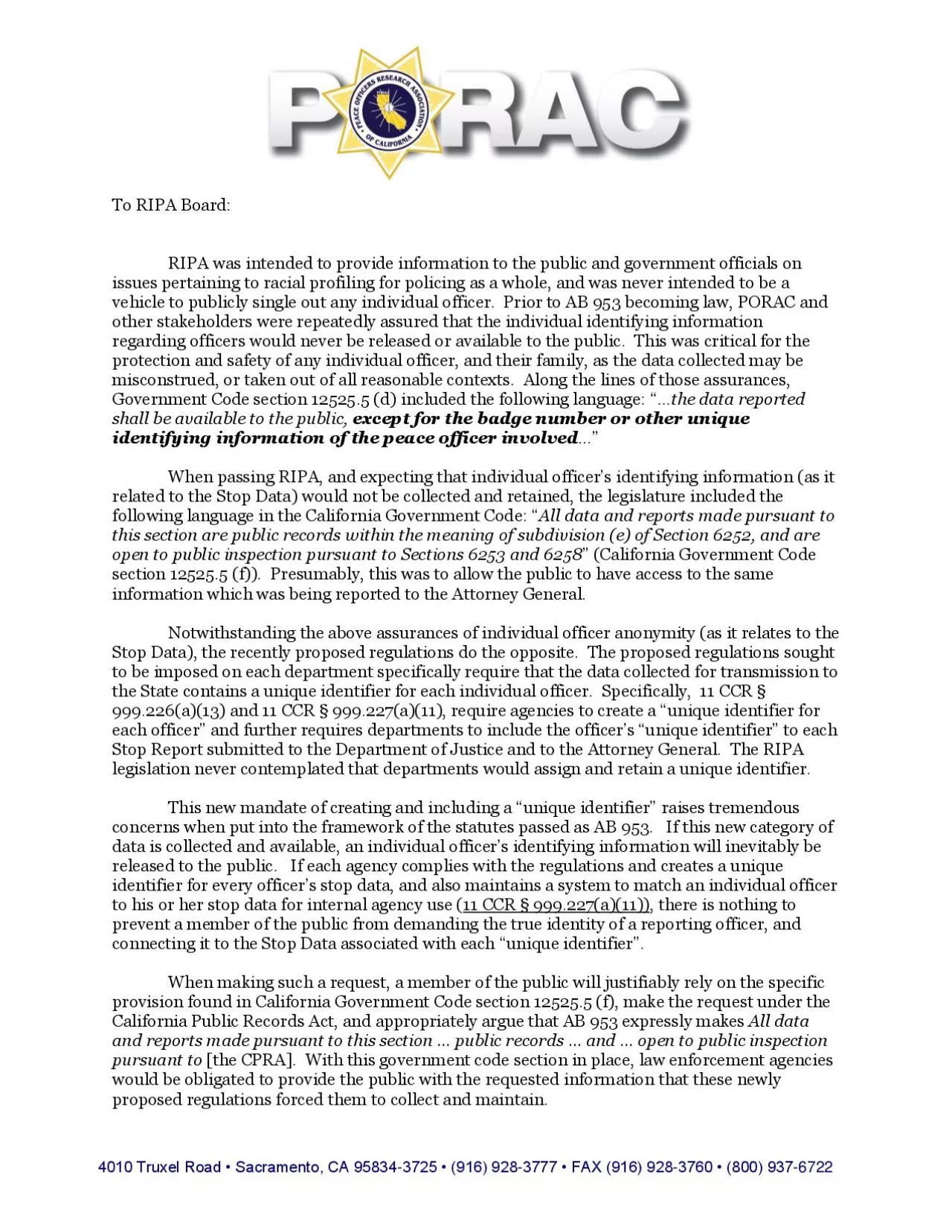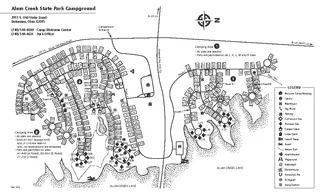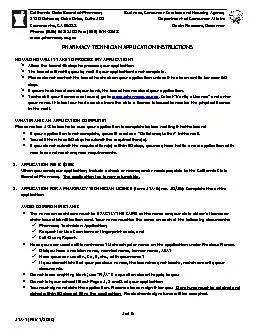PDF-4010 Truxel Road Sacramento CA 95834
Author : okelly | Published Date : 2021-09-01
3725 916 9283777 FAX 916 9283760 800 9376722To RIPA BoardRIPA was intended to provide information to the public and government officials on issues pertaining to
Presentation Embed Code
Download Presentation
Download Presentation The PPT/PDF document "4010 Truxel Road Sacramento CA 95834" is the property of its rightful owner. Permission is granted to download and print the materials on this website for personal, non-commercial use only, and to display it on your personal computer provided you do not modify the materials and that you retain all copyright notices contained in the materials. By downloading content from our website, you accept the terms of this agreement.
4010 Truxel Road Sacramento CA 95834: Transcript
Download Rules Of Document
"4010 Truxel Road Sacramento CA 95834"The content belongs to its owner. You may download and print it for personal use, without modification, and keep all copyright notices. By downloading, you agree to these terms.
Related Documents














